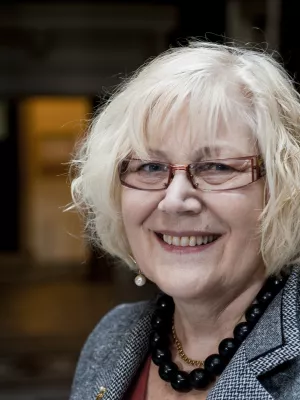
Ingalill Rahm Hallberg
Professor emerita

Psychosocial perspectives on health care utilization among frail elderly people: An explorative study.
Author
Summary, in English
The aim was to explore the relationship between health care utilization over 2 years and psychosocial variables measured at the end of this period in a sample of older people with high health care consumption. Sixty-three people aged 69-96 years were included in the study. Data were collected from two different registers covering health care utilization from 2004 to the end of 2008, and baseline data from an ongoing RCT. A cluster analysis (based on the health care utilization variables) was used to divide the sample into subgroups. The cluster analysis resulted in a two cluster and a three cluster solutions. The latter was found to be more appropriate because it more clearly discriminated between the groups regarding health care utilization and psychosocial variables. The three clusters were classified as "high consumers" (Cluster I), and "low consumers" (Clusters II and III). Cluster II seemed to be characterized by low outpatient but high inpatient care utilization, while the opposite utilization pattern can be seen in Cluster III, which also contained those with the largest social network, lowest risk of depression, highest life satisfaction and who felt least lonely. Cluster II contained those who felt the loneliest. Thus, older people whose health care consumption mainly comprises outpatient care appeared to have the least impact on the psychosocial variables (e.g., the highest life satisfaction, felt least lonely and were at the lowest risk of depression). Thus, measures taken to prevent health care utilization, especially among those with high utilization of inpatient care, will most likely have a positive effect on psychosocial variables and life satisfaction/quality of life (QoL).
Department/s
- Department of Health Sciences
- Family Medicine and Community Medicine
- EpiHealth: Epidemiology for Health
Publishing year
2011
Language
English
Pages
290-294
Publication/Series
Archives of Gerontology and Geriatrics
Volume
52
Links
Document type
Journal article
Publisher
Elsevier
Topic
- Nursing
Status
Published
Project
- Case mangement for frail older people
Research group
- Family Medicine and Community Medicine
ISBN/ISSN/Other
- ISSN: 1872-6976

